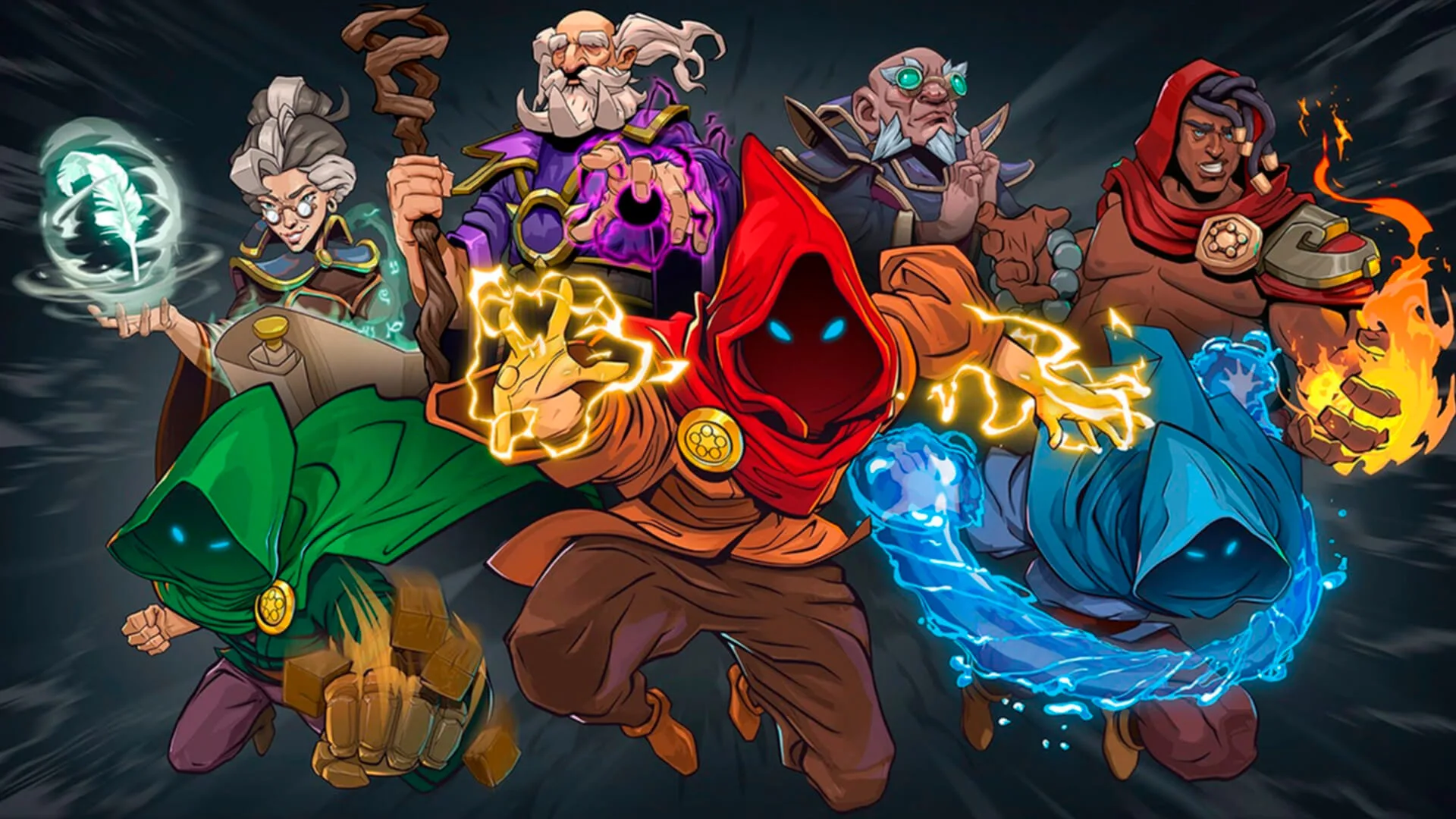Strike Suit Infinity is a standalone game based on Born Ready Games’ previous game Strike Suit Zero released in January. The original was a story based single-player campaign, this new game instead goes a different route and is a combat focused wave based score attack.
The combat and flight mechanics are mostly unchanged since the original game, which is to say they are both still incredible. Flying around as a fighter has good sense of speed and weight to it. In combat, destroying enemy ships and taking damage builds up flux, and when you have enough flux, you can transform your fighter into a mech that has significantly more firepower. Each shot you take in strike mode uses up flux to balance how often you can use it, because while in strike mode you can easily turn a dozen enemy fighters into debris floating in space in mere moments.
There are three different playable ships to choose from, the Strike Suit from the original game returns and is the most all round ship with a good mix of speed and armour. The Marauder and Raptor are unlocked after getting through some of the later waves. The former is a slower bulkier ship and the latter is significantly faster but also more fragile. In fighter mode, all have access to the same guns and missiles, but in strike mode, their differences are much more apparent. The Raptor uses its speed to get in close to unleash maximum damage with its shotgun, the Strike Suit has swarm missiles capable of wiping out crowds of enemy fighters, and the Marauder has a long range sniper cannon that can obliterate smaller ships in a single blast.

Morphing between strike mode and normally flying around as a fighter makes the combat frantic and exciting. There’s no shortage of adversaries trying to kill you and there’s enough enemy variety doled out over the course of the game’s eighteen waves. Interceptors and fighters make up the majority of foes, but you also get a chance to fight larger capital ships that have weak points allowing you to deal enormous damage. Trying to destroy them with conventional firepower takes a long time. They often retreat from battle long before you can land a killing blow. They’re worth the danger of taking on something several times your size, however, as destroying them rewards you with bonus credits.
After completing a wave you’re given credits that can be spent to help you in the next wave. You can buy your own assisting fighters and bombers or, with enough, can add some capital ships of your own. As you progress, the waves become harder and harder. The first couple are manageable flying solo, but it becomes all but impossible in later waves. This adds some strategy into how you spend credits and when they should be saved and spent. Using credits gets you some support for that wave, but only for that wave, the money spent on support gone. If your allies survive the wave you get some of that cash back, but it forces you into thinking about how much you’re going to spend and on which waves. A couple allies might help you out to get a higher score on one wave, but make the next that much harder to get through, but having that assistance could also allow you to destroy a couple enemy cruisers giving your credit pool a much needed boost.
The game does fail in some ways as a high score game, at least for the first few attempts. During the waves there are secondary bonus freighters that can be destroyed, which unlocks various items. When you first start the game, you only have access to the Strike Suit and only a handful of weapons. While the weapons themselves are well-balanced, they give you a lot more options to play with and can affect your approach. There are also just pure upgrades to be unlocked that give you additional shields, armour, and speed. Once applied, these persist for all future rounds, but as they just make your ship more powerful it doesn’t matter how skillful a pilot you are; your first play-through won’t be your best score.

Points are gained through destroying enemies, more powerful enemies like heavy fighters or corvettes are worth more points. Smaller ships, however, are easier to combo together to increase your multiplier. That multiplier will drain over time, but you can maintain it by destroying the weak points on capital ships and dodging missiles. That might mean saving the harder enemies till later in the fight and destroying them while your multiplier is high is a valuable strategy to get more points, but those enemies are also quite a bit more deadly, so leaving them alive to harass both you and your allied ships can only make things more difficult.
There is a conspicuous lack of a save system in Strike Suit Infinity. Normally for a pure high score game this wouldn’t be an issue, but Infinity has natural stopping points between waves and sessions can last several hours. It’s inconvenient. While understandable in that it stops people from loading mid game saves in order to maximise the score potential of a run, the game itself lasts far too long for this to be a reasonable concession.
Strike Suit Infinity takes the strongest parts of their larger game and puts it into a condensed package. It’s a smaller game that offers some great space combat, it doesn’t fit the high score format in many ways and there isn’t any narrative holding it together, but at $8 there’s plenty of good space action to be had here.





